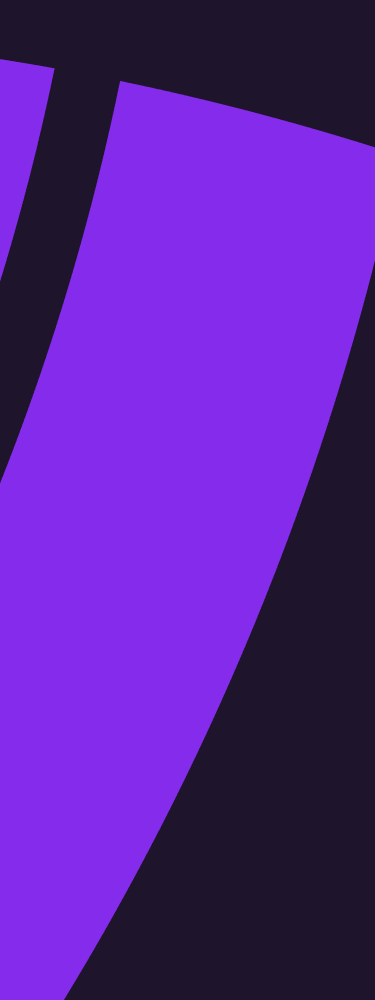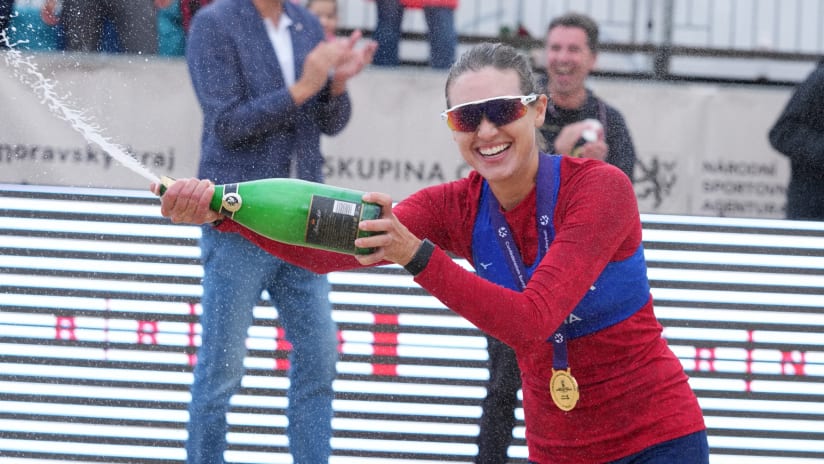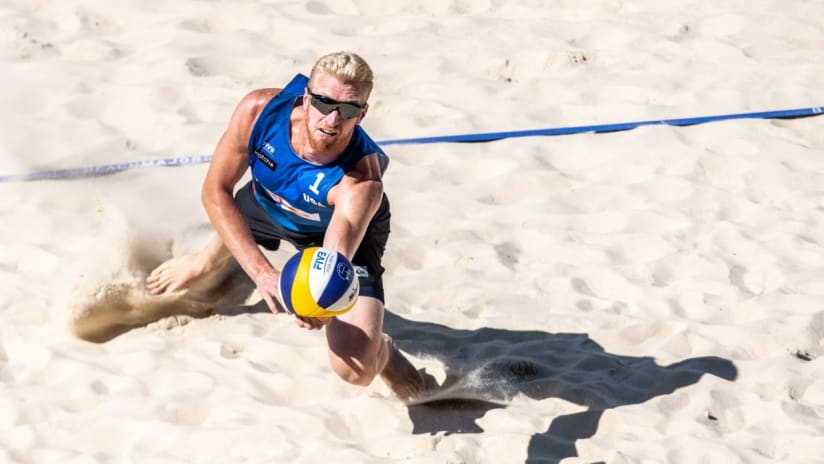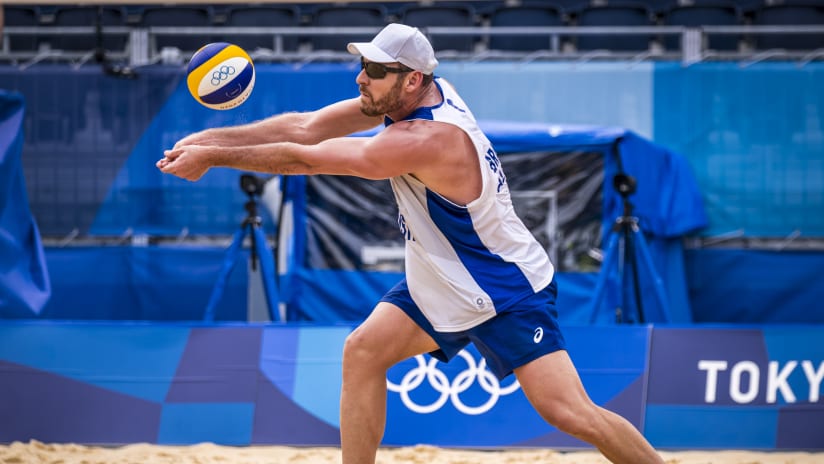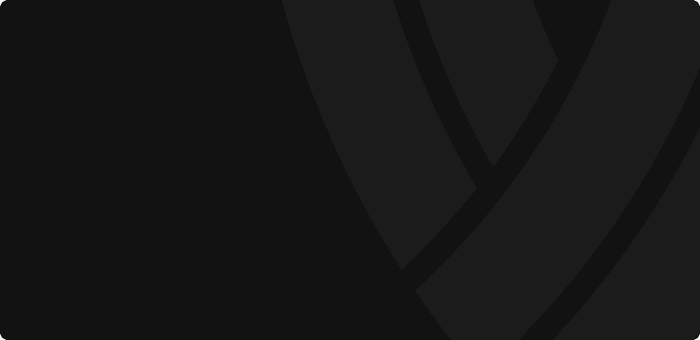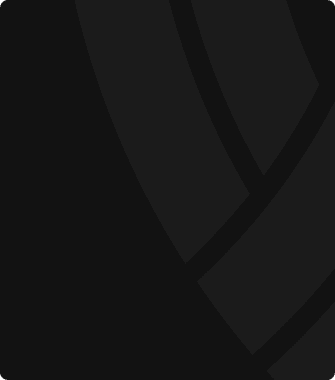When Chaim Schalk and Theo Brunner signed up for the upcoming FIVB Beach Volleyball World Tour Itapema four-star, Schalk knew there was a slight chance the two would be in the main draw. At worst, they’d be a high seed in the qualifier, maybe even high enough to get a bye.
Chaim Schalk says rapid rise through the U.S. 'still doesn't make sense'
Two years ago, Schalk couldn't even play on the World Tour. Now he and Theo Brunner are the top American team in Itapema
Published 10:00, 05 Nov 2021
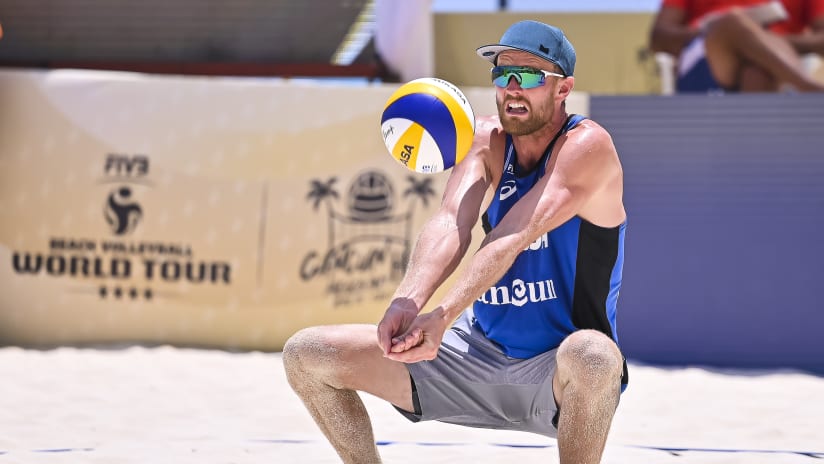
Imagine their surprise, then, when the entry list dropped, and there were Schalk and Brunner – seeded sixth in the main draw - they have since bumped up to fifth.
“It’s crazy to be top five seed in a top level tournament,” Schalk said. “It doesn’t make any sense to me still.”
It's understandable, this disbelief.
It was barely two years ago that Schalk earned his first international point as a newly-minted American defender, at a pair of NORCECAs in the Dominican Republic and Jamaica.
After the beach volleyball world took a year-long breath due to COVID, it was only eight months ago that Schalk and Theo Brunner needed a few breaks simply to get into a country quota, where they would have to play off against two of the best teams in the United States. Just to earn a spot…in a qualifier.
It was only six months ago that they were still in those country quotas, and just four that they dropped into a two-star in Rwanda, the lowest level event either of them had ever played on the World Tour.
Yet here they are, the top American team in the final event of 2021, a medal threat at a four-star, after a volatile year of grinding through country quotas and qualifiers, scrapping for every last point they have to their names.
“There was a chance for us not to play a lot of tournaments,” Schalk said. “The way things ended up, we got some breaks. But at the end of the day, me and Theo are signing up and trying to play everything. Eventually that’s going to pay off when you’re doing that. That’s always been my mentality: You gotta go for it all and put yourself all in.”
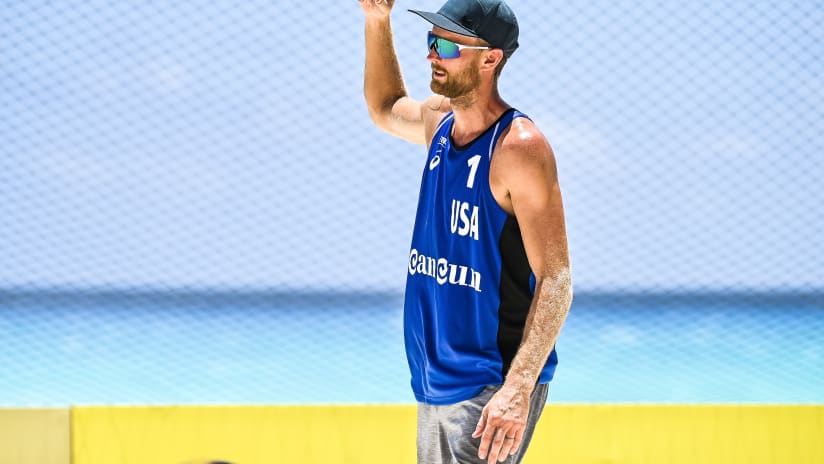
Chaim Schalk celebrates a point in Cancun
It is possible that no player currently on the World Tour has put as many chips into the middle as Schalk has. As recently as 2017, he was arguably the best player in his country. At the time, that was Canada. A native of Red Deer, Alberta, Schalk began his World Tour career in 2010, at 24 years old. Six years later, he was an Olympian, a member of the top Canadian team alongside Ben Saxton.
Had he stayed in Canada, had he continued playing with Saxton, with whom he won a handful of notable medals – silver in the Yokohama Grand Slam, bronze in the Olsztyn Grand Slam, a pair of bronzes in Majors in Porec and Klagenfurt – he’d have likely qualified for Tokyo.
But Schalk had already been to the Olympics. He’d seen the glitz, the glamour. It was amazing, to be sure. But if he was going to qualify again, he didn’t want to go for the participation trophy of simply having played in another Games.
He wanted to go for a medal.
Which begged the question: Where were his chances of an Olympic medal the highest? Canada or the United States?
“Part of it was ‘Man I could make it if Ben and I stuck together another four years,’” Schalk said. “There’s a really good chance we would have qualified. To be honest, once I had Rio – Rio was awesome and I enjoyed it and I thought we performed well, but it was so unsatisfying. I want to medal, and I want to get to the next rounds, and I want to do better than what we’re doing. To just go to another Olympics and not be a medal threat, I don’t know. The Olympics are amazing, but I’ve already been there once. It’s cool.
“But it’s more about becoming the best now, as good as I can become, and not really care that much that the Olympics are already involved. I would never want to downplay the Olympics, but for me, once I’d already done Rio, if I had to skip an Olympics but that opens up the door for another one after that, that’s great, because that’ll give me an opportunity to potentially play in Paris.”
So he did what many could have – and certainly some did – considered crazy: He left Canada, accepting a two-year hiatus from the World Tour and a hefty fee to switch to the United States.
And he began not at the top, as he was in Canada, but at ground zero.
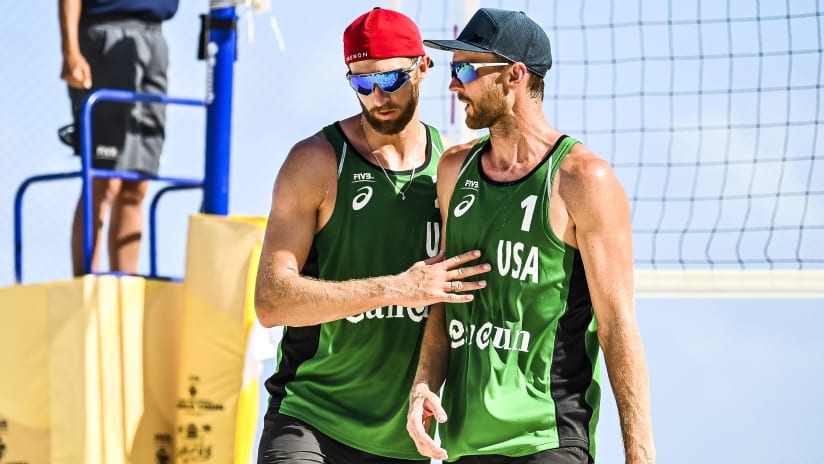
Chaim Schalk and Theo Brunner in Cancun
Brunner never thought the switch would actually happen. As Schalk began tinkering with the notion of changing federations, the two talked on a semi-regular basis about the possibility of playing together.
“We were like ‘Yeah, man we’d be good together if I ever switch,’” Brunner recalled. “And I’d say ‘Yeah but he probably won’t ever switch so it’s whatever.’”
And then he did. But there was still the two-year waiting period in which Schalk was limited to competing only on the AVP Tour. While Schalk played with Ricardo Santos, Tim Bomgren, and Jeremy Casebeer on the AVP, Brunner maintained a good chunk of his international points with John Hyden and Reid Priddy.
In November of 2019, right when Schalk’s fire for beach volleyball was being relit, as he was cleared to don an American jersey, Brunner’s seemed to be dwindling. He had a baby girl at home. A career that was becoming more and more unsatisfying.
“I don’t know how much I want to play, all this stuff,” Brunner said of his mindset towards the end of 2019 and into 2020.
Enter Schalk.
“Now that I’m with Chaim, I feel good, I feel like I’m playing the best ball of my career at the moment, and I feel like I can do it for another three years,” Brunner said. “We’re a really good fit both on the court and off the court. Our families hang out all together all the time and we have two daughters who like each other. It’s a really good fit and he’s somebody I know we can be good enough to become a top ten team on the World Tour if we work hard and keep getting better. It’s definitely given me: ‘Alright, I’m giving it my all these next three years with Chaim.’ It’s really fun to have that opportunity in front of me.”
Schalk and Brunner both point to a handful of what they see as “lucky breaks” as part of the reason for their quick ascent up the U.S. ladder – the retirements of Phil Dalhausser and Jake Gibb, Taylor Crabb switching partners. But there is little that goes uncalculated with Schalk when making a decision as major as this. He knew the ages of Dalhausser and Gibb when he made the move. He knew there would be an opportunity to fill the gap. And he knew that if they signed up for every opportunity on the calendar, the points would eventually come, however painfully, and they have.
“We put ourselves in a position where we’re a top U.S. team already,” Schalk said. “We took our opportunities and not all of them went exactly how we wanted them to and they never will, but we put ourselves in a position to be a top U.S. team and we met our goals. Starting this next year, it seems like we’re going to be one of those top teams.”
One tournament remains for Schalk and Brunner to firmly establish themselves as one of the top teams, if not the top team in America. A medal could very well boost them over Tri Bourne and Trevor Crabb, who are currently No. 1 in the U.S.
Medal or not, “our main goal was just to be relevant at the end of 2021 or get out of the country quota or at least be top four,” Brunner said. “When we look back on the season, given how good we ended up playing a lot of the time, we see some missed opportunities, but on the whole, if you would have told us we’d be where we’re at now at the start of the season, whether we’d take it, we’d say ‘Hell yeah.’ We exceeded where we thought it would be.”
